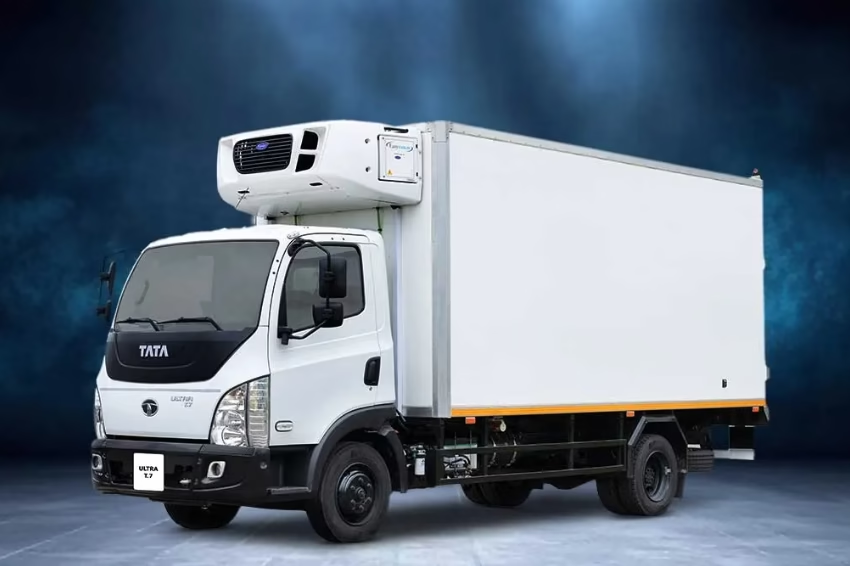If you have an interest in the construction industry and the tools, machines & equipment that are found in it you’ll love the topic of today’s article.
We’ll be focusing on all things relating to mini excavators. For an insight as to what they are as well as how and when to use them, keep reading.
Ready to dig in?
What is a Mini Excavator?
If you know your way around a construction site, you’ll know all about mini excavators. A mini excavator, also called a compact excavator, is a tracked or wheeled vehicle used in construction applications.
As you may have guessed, a mini excavator is a smaller version of a regular excavator. The main differences between a mini excavator and a regular excavator are:
- Mini excavators are smaller and lighter than regular excavators. This means a mini excavator can be used in locations too small for a regular excavator and will leave less track marks & cause less damage to the ground beneath it.
- Mini excavators have more longevity as they typically carry out work that is less intensive than what a regular excavator would.
- Mini excavators cannot lift as large a load as regular excavators can, due to their smaller size and smaller digging capacity.
One of the most well-known mini excavators is the Kubota excavator range. If you want to get your hands on one and see for yourself what all the fuss is about there is many a Kubota excavator for sale. Their huge popularity means that it is easy to find a Kubota dealer in your area.
How to Operate a Mini Excavator
Because Kubota is one of the leading excavator brands, chances are you’ll end up with one of their machines. Here’s an overview of how to operate a Kubota excavator.
Get in and Get Going!
Enter the machine and get comfortably seated. Pull the red lever to lift the left armrest into the raised position. Make sure the throttle is set to low, place the key in the ignition and turn it to switch the excavator on.
Lower the Armrest
Once the excavator has been switched on, you’ll need to unlock it so you can make use of the hydraulics. To do this, simply lower the left armrest back into position by firmly grabbing it and pushing it down until you can hear the audible click of the lock.
Adjust the Throttle
When you’re ready to get started, adjust the throttle to get the machine going. The level of throttle is dependent on the task your performing. For standard jobs, set the throttle to ¾ of its possible speed. For heavier loads you can set the machine to full throttle.
Get in Motion
Two foot pedals are found in a Kubota excavator. The basic operation is that one pedal controls one track, while the other controls another. To move in a straight line, either forward or backward, push down on both pedals with equal force simultaneously. To turn, push down on the pedal in the direction you wish to rotate.
Move your Booms
Raise the main boom by pulling the right joystick back. Now lower the main boom by pushing the right joystick forward. Next, begin moving the stick boom. To move the stick boom towards you, pull the left joystick back and to move the stick boom away from you, push the left joystick forward.
Start Scooping
To begin filling the bucket of the excavator with soil or debris, pull the right joystick to the left. To empty the contents of the bucket, push the right joystick to the right. These motions are known as curling and uncurling.
Dump the Contents
It’s not uncommon to see excavators spinning to dump the contents of the bucket to the left or right of the machine on active construction sites. To do this, the entire machine needs to spin which is controlled by the left joystick. Push to the right or left, depending on which side you need to dump the contents.
When to Use a Mini Excavator
Part of what makes mini excavators so popular is that they can be used for any number of tasks. Some jobs call for exclusive use of regular excavators, but others don’t. Here are a few examples of when a mini excavator is the ideal tool for the job:
- Digging holes
- Plowing snow
- Demolishing structures
- Repairing sewer lines
- Installation of pools
- Landscaping
- Digging trenches
Final Thoughts
Mini excavators are not a machine to be scoffed at just because it’s smaller than what you may be accustomed to. If you’re looking to easily navigate parking lots and construction sites, take advantage of increased swing torque & pay less to purchase or rent construction equipment—a mini excavator may just be what you’re after.
At the end of the day, mini excavators serve a vast range of purposes and they serve them well. Tell us—do you dig mini excavators, or do you prefer regular excavators?






